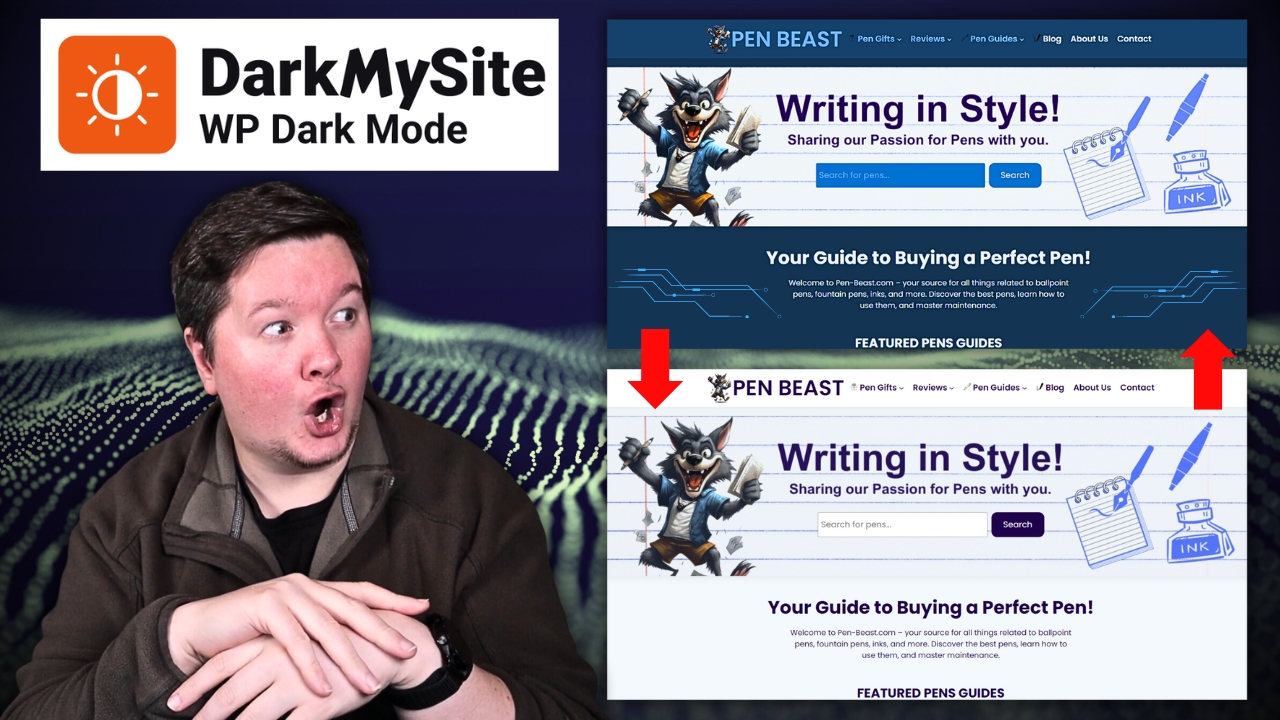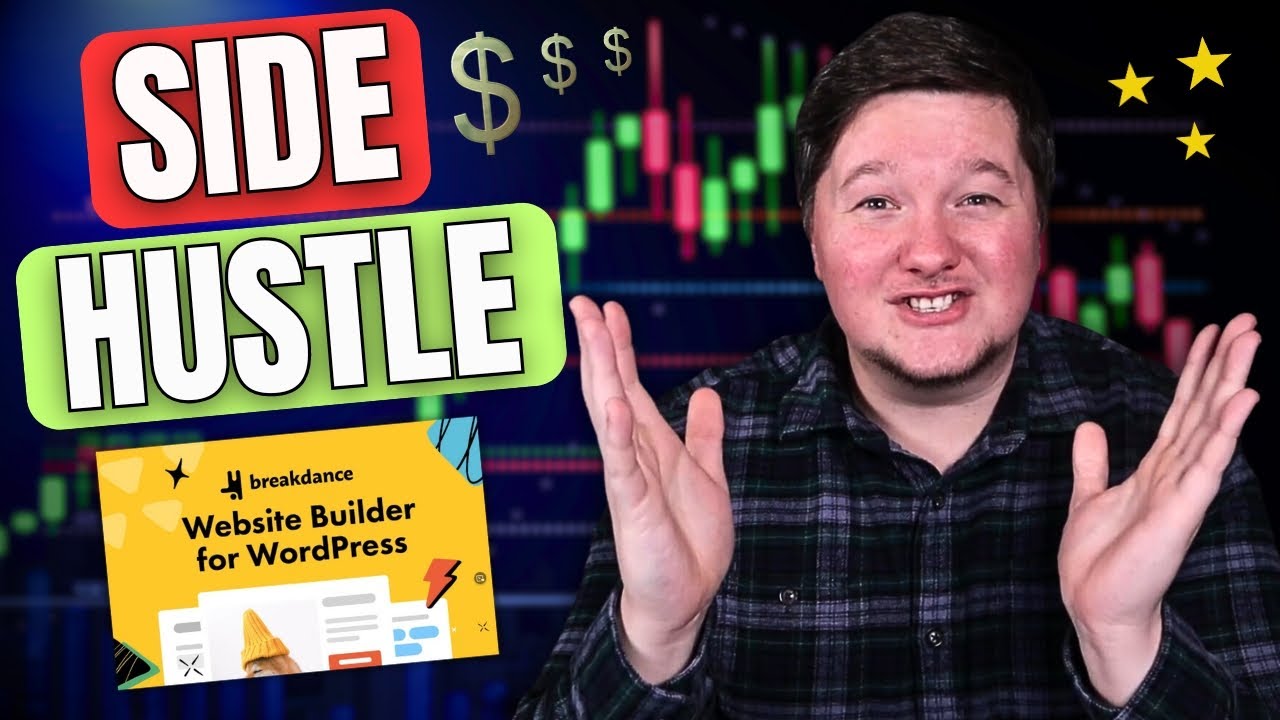I totally get the struggle of trying to turn a profit from your website. Like you, I hit a wall, especially when it came to how little I was earning through Ezoic. After giving it some thought and really digging into my sites’ performance, I made the leap to pull Ezoic from four of my websites.
In this post, I’ll share why that decision felt right for me and highlight how embracing a variety of monetization strategies could actually ramp up your revenue. I’ll explore some more fruitful options together.
Reasons for Removing Ezoic from Websites
I took Ezoic off my sites because it didn’t make much money. I also wanted to work with bigger ad groups and grow my different websites.
Minimal financial contribution from Ezoic
Ezoic didn’t add much money to my sites. I wasn’t making lots of new content, so Ezoic’s ads barely made a difference in my earnings. I chose to focus more on growing certain websites that could work with bigger ad groups and bring in more cash.
Ezoic seemed promising at first for boosting site income through ads. Soon, it became clear the platform was not matching up with my goals for higher revenue and growth due to limited active content creation on my part.
Focus on growing disconnected sites for partnership with larger monetization platforms
I decided to grow my sites separately to join bigger monetization networks like Mediavine. My goal is clear: reach 15-20,000 monthly visitors on each site. This requires me to leave behind small earnings from Ezoic and aim for more solid partnerships.
Partnering with big players means I need high traffic and quality content that stands out.
To make this happen, I focused on improving site speed, user experience, and engaging content. Using tools that analyze whois data helped me understand domain strengths better. Also, optimizing for mobile users proved essential since most web traffic now comes from smartphones and tablets.
Every step was about making my websites ready for the jump to a bigger platform where the promise of higher earnings awaits.
Diversification of Income Sources
Having lots of ways to make money is key. My mix includes 14 types like selling products and running ads.
Importance of having multiple revenue streams
Having multiple ways to make money is key. It’s like not putting all your eggs in one basket. If one way slows down, you have others to keep you going. I’ve made it a point to build up 14 different sources of income.
This approach saves me from big losses if something unexpected happens.
One part of my mix is using various online tools and platforms that connect with my audience differently, such as affiliate marketing and sponsored content arrangements. These methods work better for me than relying on just ads or one single source for earnings.
Diversity in income streams isn’t just smart; it’s necessary for financial stability.
Next, let’s talk about why Ezoic didn’t fit into this plan well.
Personal portfolio with 14 different income sources
I have built a diverse income portfolio with 14 different sources. This variety helps me stay financially secure even if one area does not do well.
- Affiliate marketing: I earn money by promoting products and get paid when people buy through my links.
- Rentals: I own properties that I rent out, giving me steady monthly income.
- Website ads: My websites display ads, and I make money based on the number of people who see or click on them.
- Memberships: Some of my sites offer membership programs for exclusive content, bringing in regular payments.
- Online courses: I create and sell courses on topics I know well, which students pay to access.
- YouTube channel: My videos earn money from ads viewed by my audience.
- Sponsored content: Companies pay me to talk about their products on my websites and social media.
- Digital products: I sell ebooks, guides, and tools related to topics my audience cares about.
- Consulting services: People pay for my advice and expertise in certain areas.
- Stocks and dividends: Investments in the stock market bring me dividends.
- Peer-to-peer lending: I lend money to others online and earn interest as they pay back.
12 .eCommerce sales: I sell physical goods through online stores.
13 .App development revenue: Apps I’ve developed generate income through sales or ads.
14 .Speaking engagements: I get paid fees to speak at events about my areas of expertise.
Each income stream plays a key role in securing my financial future by spreading risk across different types of earnings.
Critique of Ezoic and Monetization Alternatives
Ezoic didn’t help my sites grow or make more money. I found better ways to earn, like affiliate marketing and paid articles.
Criticisms of Ezoic’s limited capability in aiding website growth and revenue generation
I found Ezoic’s support for growing my websites and boosting income too weak. This platform did not help much in making my sites get bigger or earn more money. I saw only a small amount of cash coming from Ezoic.
My goal was to partner with bigger monetization platforms, but sticking with Ezoic held me back.
Other ways like affiliate marketing and sponsored posts work better for me now. These methods let my audience know about products directly, which brings in more money than ads alone.
Also, I use different types of content to keep things interesting for people who visit my websites. This approach helps me grow faster and earn more than before.
Better alternatives for monetizing audiences, such as affiliate marketing and sponsored content
After realizing Ezoic wasn’t helping my websites grow, I turned to better ways to make money. These methods have proven more effective for me.
- Affiliate marketing stands out as my top pick. I joined several programs that match my content and audience. This way, every product link on my site has the potential to earn me commission if a reader buys something. It’s direct and straightforward.
- Sponsored content is another big earner for me. Companies pay me to write articles or reviews about their products. I only choose sponsors that fit with what my readers like. This keeps everything genuine.
- Selling digital products like eBooks and courses has been great too. I create these based on what my readers want to learn more about. For example, I released an eBook on how to start blogging, which many found helpful.
- Monthly newsletters with exclusive content bring in subscription fees. People sign up because they don’t want to miss out on tips and stories only shared through email.
- Memberships offer even more value with access to special articles, videos, and direct advice from me via chat or email support.
- I’ve also tapped into the power of iOS apps by developing one related to my niche. Users pay a small fee to download it, adding another income stream.
Each step required hard work but was worth it for the diversity and stability they brought to my earnings without relying solely on ad revenue from platforms like Ezoic.
Monetization Strategies Explained
I decided to talk about how to make money from my sites. I found some ways work better than others. For example, promoting products and working with companies directly bring in more cash.
Selling my own things like guides or courses also helps a lot. These methods have really changed the game for me.
Affiliate marketing as a preferred and effective strategy
Affiliate marketing stands out as my top choice for monetizing websites. Programs like Amazon Affiliates, ShareASale, and TikTok shop provide platforms where I can connect products to my audience’s needs.
This strategy generates income continually about topics I am passionate about. By linking directly to items or services through these affiliate networks, each click and purchase made by visitors adds to my earnings.
Sponsored content offers another considerable revenue stream but requires more direct collaboration with brands. In contrast, affiliate marketing allows me freedom and flexibility without needing extensive negotiations or agreements.
It operates under a simple principle: promote others’ products and earn a commission for traffic or sales generated through your referrals. This method proves efficient in building a diverse income portfolio around personal interests.
Sponsored content as a lucrative revenue stream
Moving from affiliate marketing, sponsored content has become a key part of my income mix. Companies pay me to talk about their products on my sites. This way, I make money and they get more people seeing their stuff.
For just one post, fees can go up to $1,000. That’s because I worked hard to make my websites valuable places for readers and brands alike.
I find this approach lucrative and flexible. It lets me keep offering great content while earning from diverse sources. Plus, it requires establishing strong credibility, something that benefits both my audience and partnering brands.
With 14 different ways to make money from my sites now, sponsored content stands out as a reliable earner among them.
Digital products and services as other successful monetization options
Digital products and services offer strong ways to make money from websites. They allow creators to sell valuable items directly to their audience.
- E-books: I write and sell e-books related to my website’s topics. These digital books provide in-depth guides beyond what free articles offer. For example, I created an e-book for a £9 monthly subscription, offering advanced tips and strategies not found on my blogs.
- Online courses: My portfolio includes online courses that teach skills or knowledge in specific areas. These courses range from beginner to advanced levels, with some hosted on my website and others through platforms like Udemy.
- Webinars: Hosting live webinars has proven to be a lucrative revenue stream. They are interactive sessions where I share expertise or bring in guest experts. Attendees pay a fee to join these live events, which also include Q&A sessions.
- Membership sites: I developed a membership program where members pay a monthly fee of £9 to access exclusive content, guides, and resources not available to non-members.
5 An automated Pinterest posting service through qualitypostpro.com is one of the standout features I offer. This service helps users automate their Pinterest marketing efforts, driving more traffic back to their sites and increasing their overall revenue potential.
6 Custom web design services: Recognizing the need for unique and professionally designed websites, I started offering custom web design services. This caters to clients looking for personalized designs that stand out from generic templates often found online.
By focusing on these digital products and services, I’ve diversified my income streams beyond traditional ads and affiliate marketing. This strategy ensures more stable revenue while providing real value to my audience.
Conclusion
I removed Ezoic from my sites because it didn’t add much money. My plan is to grow these sites for bigger partnerships. With 14 ways to make money, I don’t rely on just one. Affiliate marketing and sponsored content prove to be better choices for earning more.
By sharing this journey, I aim to guide others toward successful online income paths.
FAQs
1. Why did you remove Ezoic from your websites?
I removed Ezoic due to issues with name servers, ad-blocking software, and cookies that affected the performance of my websites.
2. How did name servers affect your decision to remove Ezoic?
The interaction between the name servers at my domain registrar and Ezoic caused problems in load balancing, leading me to discontinue using their service.
3. What role did ad-blocking software play in your decision?
Ad-blocking software used by visitors on browsers interfered with the monetization strategies I had implemented through Ezoic, reducing revenue generation.
4. Did cookies also contribute to this decision?
Yes, some browsers blocked or limited cookies set by Ezoic which disrupted user experience and negatively impacted site performance.




Leave a Reply